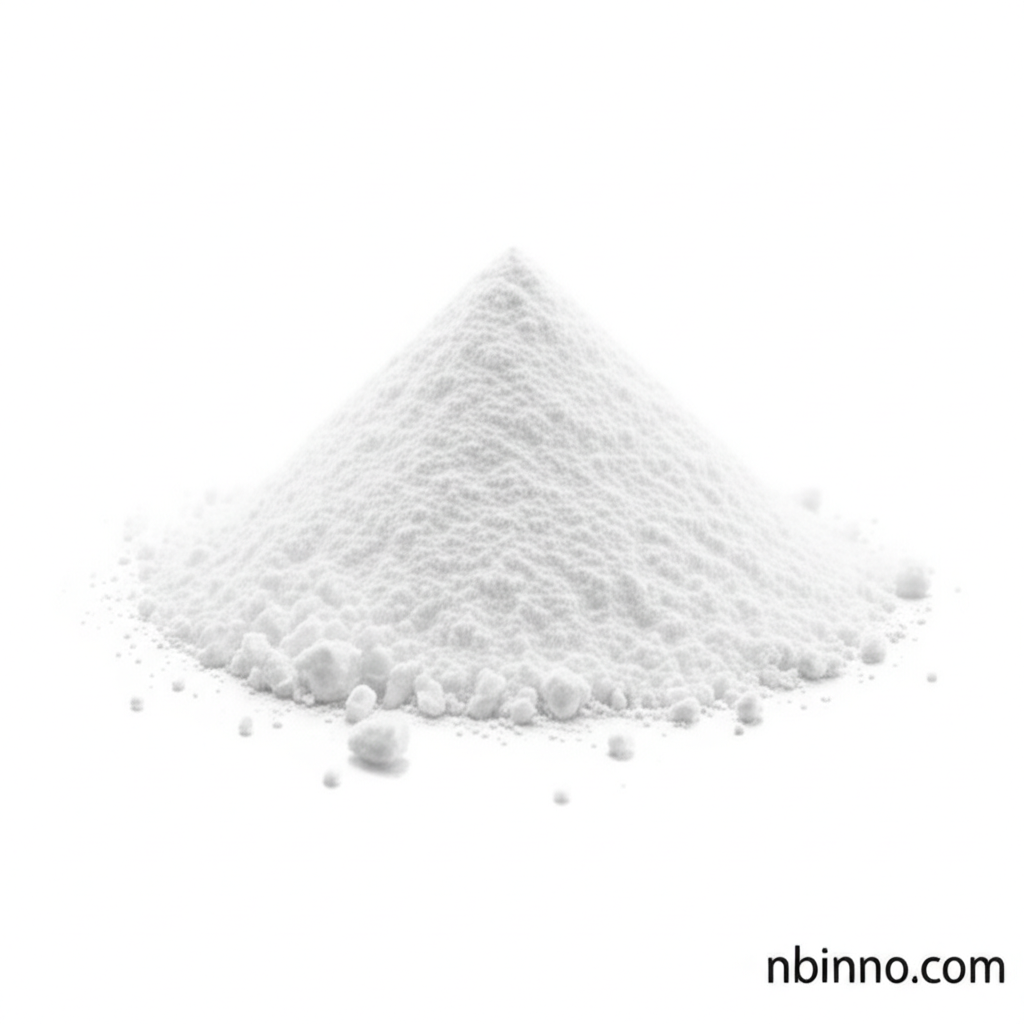P-Hydroxybenzoic Acid: A Versatile Building Block for Advanced Materials
Discover the synthesis, unique properties, and transformative applications of p-hydroxybenzoic acid in creating innovative metal-organic frameworks and driving efficient polymerization processes. Explore its role as a key component in modern chemical innovation.
Get a Quote & SampleProduct Core Value

P-Hydroxybenzoic Acid
P-hydroxybenzoic acid is a crucial organic compound that serves as a fundamental building block in the synthesis of advanced materials. Its unique structure, featuring both a hydroxyl and a carboxylic acid group, makes it highly versatile for creating complex molecular architectures such as metal-organic frameworks (MOFs). As a reliable supplier in China, we provide high-purity p-hydroxybenzoic acid essential for research and industrial applications.
- Leveraging p-hydroxybenzoic acid MOF synthesis techniques, researchers are developing novel catalysts for efficient ring opening polymerization.
- The development of catalysts for the ring opening polymerization of epsilon-caprolactone using p-hydroxybenzoic acid-based MOFs showcases significant advancements in polymer science.
- Understanding the role of p-hydroxybenzoic acid in creating metal-organic frameworks is key to unlocking new catalytic pathways.
- The ability of these MOFs to predominantly form cyclic polymers highlights the precision achievable in polymerization processes.
Advantages Offered by P-Hydroxybenzoic Acid
Catalytic Efficiency
The use of p-hydroxybenzoic acid as a linker in MOFs enables the creation of highly efficient catalysts for ring opening polymerization (ROP), significantly improving reaction kinetics.
Material Versatility
Its bifunctional nature allows p-hydroxybenzoic acid to participate in diverse chemical reactions, leading to a wide range of applications from catalysis to material science.
Recyclable Catalysts
MOFs derived from p-hydroxybenzoic acid often exhibit excellent recyclability, promoting sustainable and cost-effective chemical processes.
Key Applications
Polymerization Catalysis
P-hydroxybenzoic acid-based MOFs are highly effective as recyclable catalysts for the ring opening polymerization of cyclic esters, a critical process in producing biodegradable polymers.
Advanced Material Synthesis
It serves as a key linker in the design and synthesis of novel metal-organic frameworks, expanding the possibilities in material science and heterogeneous catalysis.
Organic Synthesis
The compound finds use in various organic synthesis pathways, acting as a precursor or reagent for specialized chemical manufacturing.
Analytical Chemistry
P-hydroxybenzoic acid is utilized as an analytical reagent and photographic fixative, demonstrating its broad utility across scientific disciplines.
